
Events still punch above their weight in B2B. In the past year, marketers ranked in-person events and webinars among their most effective channels for driving results, even as budgets tightened and scrutiny on ROI intensified. That’s your opportunity—and your challenge. Your B2B event marketing strategy must be laser-focused on impact, not activity.
This guide gives you a practical, research-backed framework to plan high‑impact B2B events—from setting goals and choosing formats to crafting content, promotion, on‑site execution, and post‑event measurement. Use it to design events that accelerate deals, deepen relationships, and feed pipeline with clarity.
For a more details on how to plan a Corporate Event, check out this guide.
In an era of flat budgets, the winning event strategy proves revenue impact—not just attendance.
Supporting research: B2B Content Marketing Benchmarks, Budgets, and Trends: Outlook for 2025 (CMI) and Gartner’s 2025 CMO Spend Survey show why proving event ROI is non‑negotiable.
Modern B2B buying is committee-based and multi-channel. That means your event must map to buying-group roles (economic, technical, champions, users) and their specific information needs, not a generic persona. Start here:
Define your ICP by problem and potential value: industry, firmographic/technographic traits, and “trigger events” (e.g., regulation changes, platform migrations).
Map the buying group: list roles, objections, success criteria, and the content or proof they need at each stage.
Set role‑specific outcomes: examples—CFO: risk/ROI clarity; IT: integration and security assurance; Champion: internal storytelling and consensus tools.
The Loopyah Content Team shares expert insights, practical guides, and industry updates to help event organizers create unforgettable experiences and stay ahead in the event planning world.
marketing
Then translate that into clear, measurable objectives for the event. Examples:
Target accounts engaged: 60% of Tier 1 accounts register; 40% attend.
Meetings: 30 on‑site meetings with in‑market accounts; 20 net-new discovery calls scheduled within 2 weeks.
Pipeline and revenue influence: $2M influenced pipeline within 90 days; $300K closed‑won within 6 months.
Your event goals should ladder up to company growth targets. Publish a KPI tree that connects session‑level engagement to account‑level pipeline and revenue so leaders can see impact end‑to‑end.
A simple KPI tree for a deal‑acceleration summit might look like this:
Inputs (leading): registration conversions by segment, agenda clicks, meeting acceptance rate, speaker/session bookmarks, on‑site check‑in rate.
Engagement (mid): session attendance rate, average watch time, questions asked, demo participation, booth scans, executive roundtable participation.
Business outcomes (lagging): meetings held, opportunities created, pipeline influenced, win rate, average deal cycle time reduction, expansion/renewal uplift.
Avoid vanity metrics. Focus on conversions and contribution:
Conversion quality: MQL→SQL or MQA acceptance, demo-to-opportunity rate.
Account penetration: number of roles engaged per target account; seniority mix.
Revenue influence: pipeline $ and closed‑won attributable; retention/expansion for customers attending.
Research note: Marketing budgets have flatlined, raising the bar on demonstrable growth impact. Gartner 2025 CMO Spend Survey. We have a dedicated read on Event Budgeting in this guide.
Let objectives dictate format. Here’s a quick matrix to guide your choice:
Conferences and trade shows: Best for trust-building, discovery, and multi‑threading deals. Attendees consistently rate in‑person events as highly trustworthy and effective for finding new solutions.
Webinars/workshops: Scalable education and lead capture; great for reaching “not‑yet in‑market” audiences and seeding demand with thought leadership.
Executive roundtables/retreats: High-signal, relationship-centric, ideal for late-stage acceleration and strategic accounts.
Hybrid/on‑demand: Extend reach and lifecycle value; turn one live moment into months of content and nurturing assets.
Your agenda should arm champions and answer hard questions with evidence. Mix bold POVs, proof, and participation:
Thought leadership that reaches beyond in‑market buyers: publish contrarian insights, benchmarks, and customer outcomes to build confidence to buy.
Formats that encourage interaction: live Q&A, small‑room roundtables by role, hands‑on demos, solution clinics, peer problem‑solving sessions.
Content packaging for the buying group: session recaps, ROI calculators, integration one‑pagers, and “internal pitch” slides your champion can reuse.
Example micro‑agenda for a 1‑day roadshow:
Opening keynote: Your POV on the market shift (15 min).
Proof session: 2 customer case studies with quantifiable outcomes (30 min).
Breakouts by role: Finance, IT, Operations; each with targeted objections and evidence (45 min).
Live demo stations + solution clinics (60 min).
Peer roundtables: curated by vertical or maturity (45 min).
Executive 1:1s and sponsor networking (throughout).

Orchestrate a full‑funnel plan across email, social, partners, and paid.
Email as your revenue workhorse: segment by account tier and role; personalize by problem statement; sequence invites, value‑forward reminders, and last‑chance nudges. Strong email programs routinely deliver outsized ROI. CMI 2025 reports events and webinars among top channels—so your email should sell the learning, not the logistics.
Social and influencer amplification: brief executives, customers, and creator partners with swipe-copy, visuals, and UTM’d links; encourage snackable POV clips to spark consideration on LinkedIn.
Paid retargeting and ABM: retarget registrants with agenda highlights; for strategic accounts, deliver 1:1 ads with tailored session invites and on‑site meeting offers.
Registration as first‑party data capture: collect consented signals (role, priorities, tech stack, timeline) to power precise follow‑up and on‑site matchmaking.
Even the most well-executed event can underperform if sales and marketing aren’t in lockstep. Align early to define success, share responsibilities, and ensure follow-through:
Joint planning sessions: Co-develop event goals, target account lists, and outreach cadences. Define how leads will be scored, routed, and followed up post-event.
Pre-event prep for reps: Equip BDRs/SDRs with invite scripts, value messaging, and intent signals to fuel outbound. For AEs, create 1:1 engagement plans for named accounts.
Live coordination: Assign “account captains” to key attendees. Ensure reps know who’s coming, what sessions they’ve RSVP’d to, and how to personalize conversations.
Post-event workflows: Automate handoffs with enriched profiles and engagement data. Set SLAs for follow-up touchpoints within 24–72 hours.
Operational excellence turns trust and traffic into pipeline. Aim for a frictionless experience and intentional networking by design.
Wayfinding and check‑in: fast lanes, mobile passes, clear signage, and staffed help points. Keep lines under 3 minutes.
Speaker readiness: run of show, AV checks, time-boxed Q&A, and session captains to maintain flow.
Matchmaking moments: curated roundtables, facilitated intros for target accounts, and “meet the expert” desks.
Sponsor impact: prescribe outcomes (meetings booked, demos delivered) and give them tools—lead retrieval, signage, and data access—not just booth space.
Use software that centralizes registration, check‑in, and seat maps to keep logistics tight and data unified. See how Loopyah’s event software orchestrates end‑to‑end execution.
Treat the live event as Day 0 of a 90‑day content‑led nurture. Many attendees engage with recordings after the fact, so your follow‑up should compound value over time.
Within 48 hours: send personalized recaps with session highlights, speaker decks, and 2–3 role‑specific CTAs (e.g., “book a technical deep dive,” “model your ROI”).
Days 7–30: publish snackable clips, case-study spotlights, and a “Top 5 insights” blog; route high-intent accounts to SDRs/AMs with meeting cadences.
Days 30–90: run role‑based nurtures and workshops; for customers, launch success clinics and expansion plays aligned to discussed outcomes.
Build your dashboard around executive outcomes: meetings held, opps created, influenced pipeline, revenue, and retention/expansion uplift. Then enrich with engagement diagnostics (watch time, Q&A, content downloads) to learn what moved accounts forward.
For precise targeting and timely touchpoints, centralize attendee data and trigger emails by behavior with Loopyah’s Email Event Attendees solution.
A mid‑market SaaS company hosted a 6‑city executive roadshow targeting 200 Tier 1 accounts. Their B2B event marketing strategy centered on buying‑group design and a KPI tree:
Objective: accelerate 40 late‑stage opportunities and open 60 net‑new across named accounts.
Format: intimate breakfast roundtables (CFO + Ops + IT), followed by live demos and 1:1 solution clinics.
Content: a contrarian keynote on total cost of complexity, two customer panels quantifying time-to-value, and role‑specific breakout briefs for champions to take home.
Measurement: 52 executive meetings held in‑room, 38 new opportunities in 30 days, $3.1M pipeline influenced, $620K closed‑won in 90 days.
Why it worked: crystal‑clear audience design, content that answered CFO/IT objections, and disciplined follow‑up sequences mapped to buying stages.
A high‑impact B2B event marketing strategy aligns to business outcomes, designs for buying groups, and proves revenue contribution. Treat events as an always‑on system—pre, during, and post—integrated with your account journeys. When your agenda, operations, and measurement all point at pipeline and customer value, events become growth engines.
Ready to operationalize this framework? Consolidate planning, promotion, check‑in, and analytics with Loopyah’s event software and put your next event on a revenue track.

planning
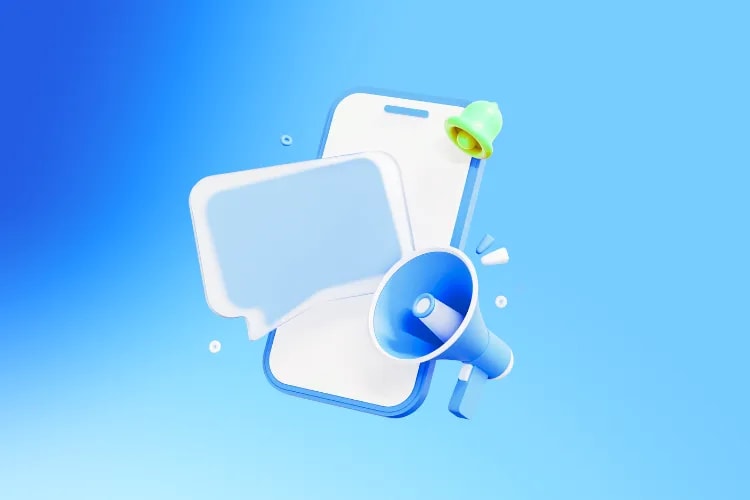
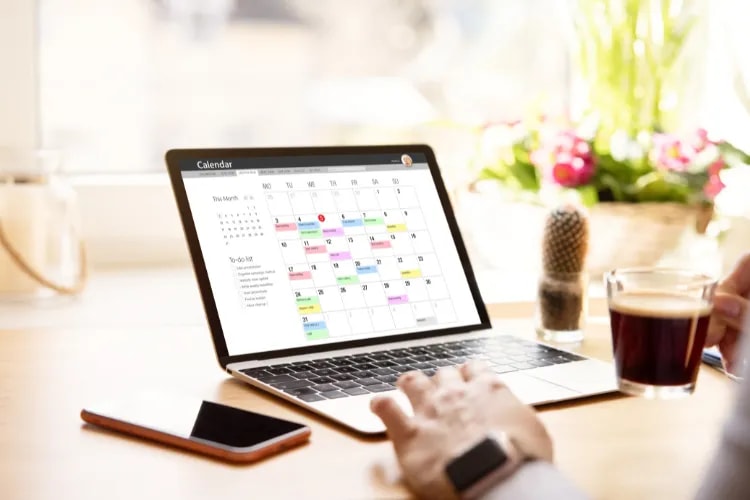

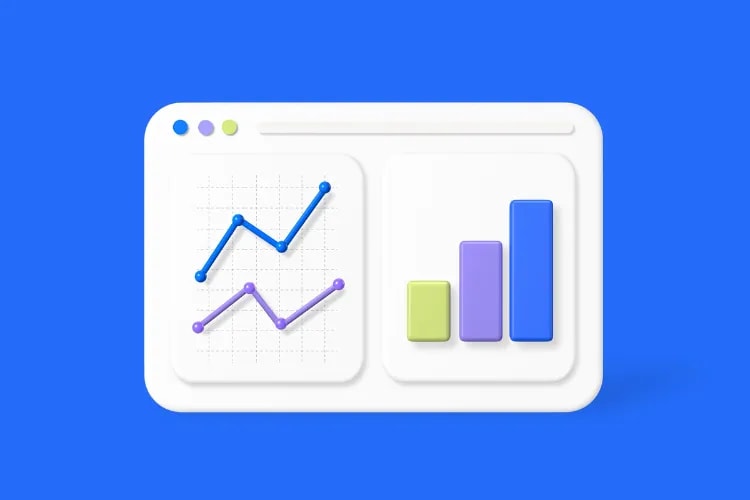

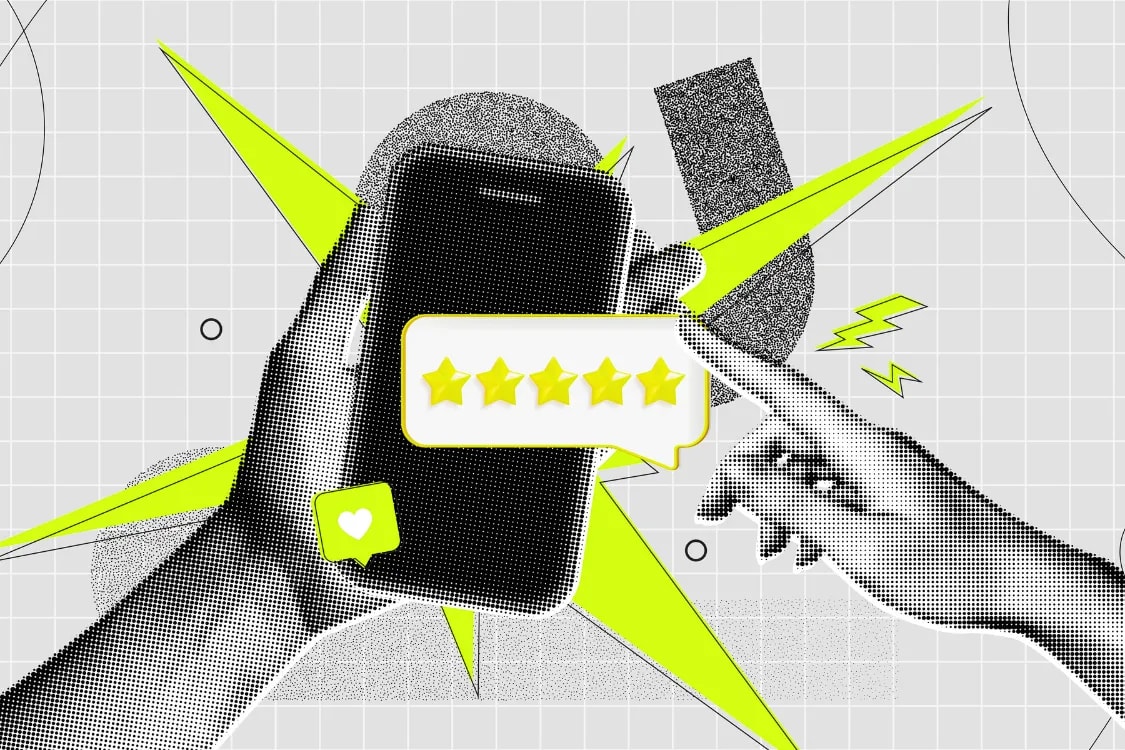

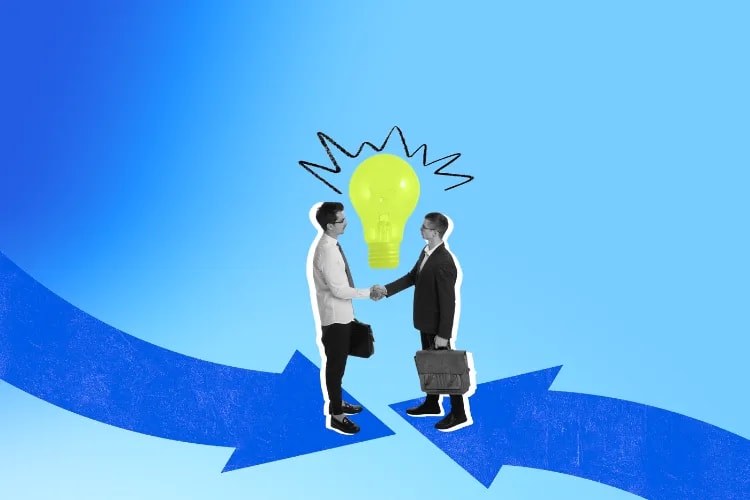

planning
planning
planning
growth
selling
marketing
planning
planning
marketing